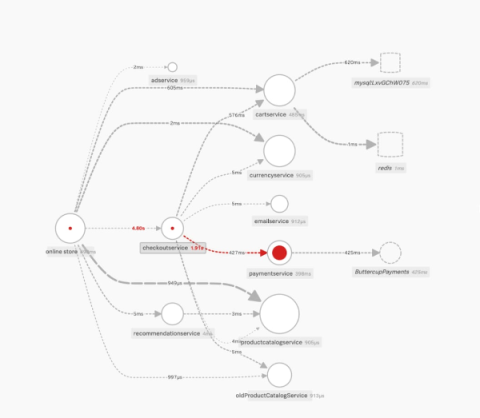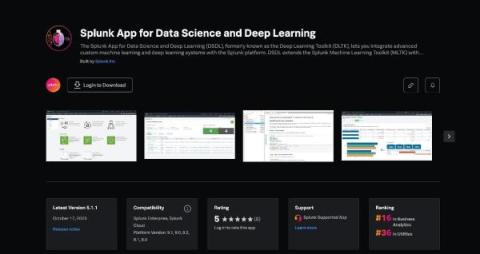IT Spending: Trends & Forecasts for 2023
Perhaps the most defining trends of the 2020s so far have been abrupt change and mixed signals. IT spending is no different. A mere 3 years ago, COVID-19 swept the globe and thought leaders were calling for the start of a “new normal” and predicted that life on Earth would never be the same – and a major component of that change would be a move to remote-first and digital-everything.








